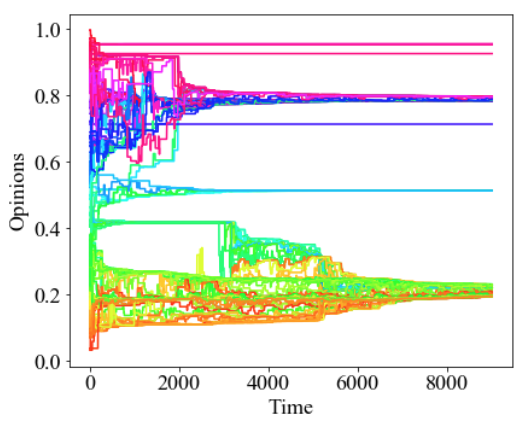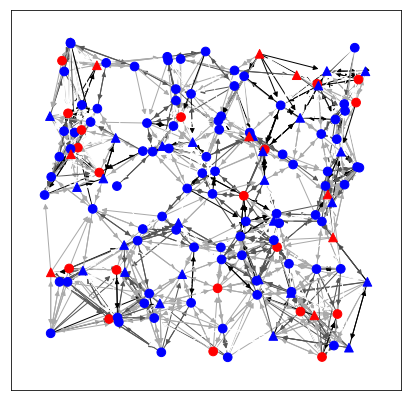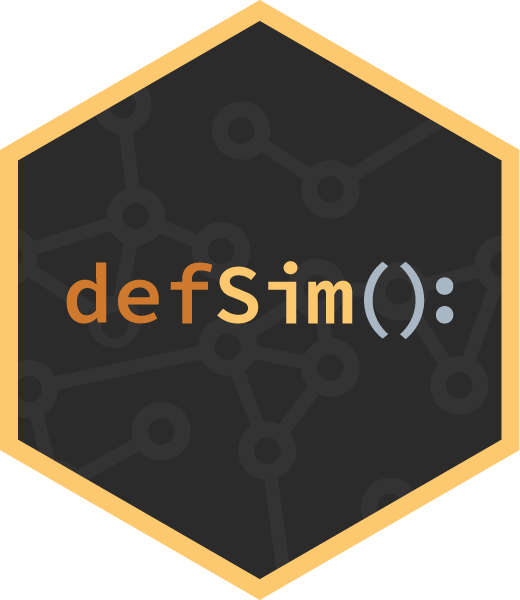Code

The Complex Link Between Filter Bubbles and Opinion Polarization
All code used for the simulations described in The Complex Link Between Filter Bubbles and Opinion Polarization is on Zenodo and GitHub.
Workshop: Introduction to Agent Based Modeling
Together with Michael Mäs (for UG-BSS in 2019) and Jan Lorenz (for BIGSSS-CSS in 2023), I deveoped two short ABM workshops (one ~3 hours and another ~1.5 hours) in which we introduce Agent Based Modeling as a tool for theory building to social scientists. We focus on the differences between social science’s default factor based approach, and ABM’s actor based approach. The workshop also includes a simple hands-on exercise on the S-curve in diffusion research.

Homophily and Bot Effectiveness
For the chapter on computational sociology, we ran a version of the dissemination of culture model in which we varied levels of homophily. A bot – modeled as a stubborn actor – is less effective in those models, but the relative strength of the strenght-of-weak-bots effect is larger, as the results from our simulation experiment show. You can find the code on my github page.

Strength of Weak Bots
All code to recreate the ‘Strength of Weak Bots’ experiment is available on my github page. The strength-of-weak-bots effect describes the phenomenon that social bots (modeled as stubborn agents) are more effective at propagating a message through social influence when they are less, not more, connected and active.

defSim
defSim–the discrete event framework for social influence models–is a python package that aims to be the modular standard for social influence models. With defSim you can run a single Simulation, execute a larger Simulation Experiment, or use any number of pre-programmed modules for your own idea or variation of a traditional social influence model. Using defSim is meant to save you time on programming functions that you will need in any social influence research project,
but furthermore you make sure that your model remains strictly comparable (‘aligned’) with traditional models, and other models in the defSim-realm, while working completely open source by default.

3D torus graph in NetLogo
A while ago I created this code to visualize the commonly used
torus network in three dimensions. The model uploaded here does
not model any kind of influence function, but it is meant to show how
you can generate a 3D representation of the torus network and use
NetLogo’s facexyz function to make this presentation
dynamic.
- Download the NetLogo model here
- An example of the model can be found on YouTube